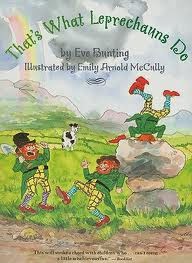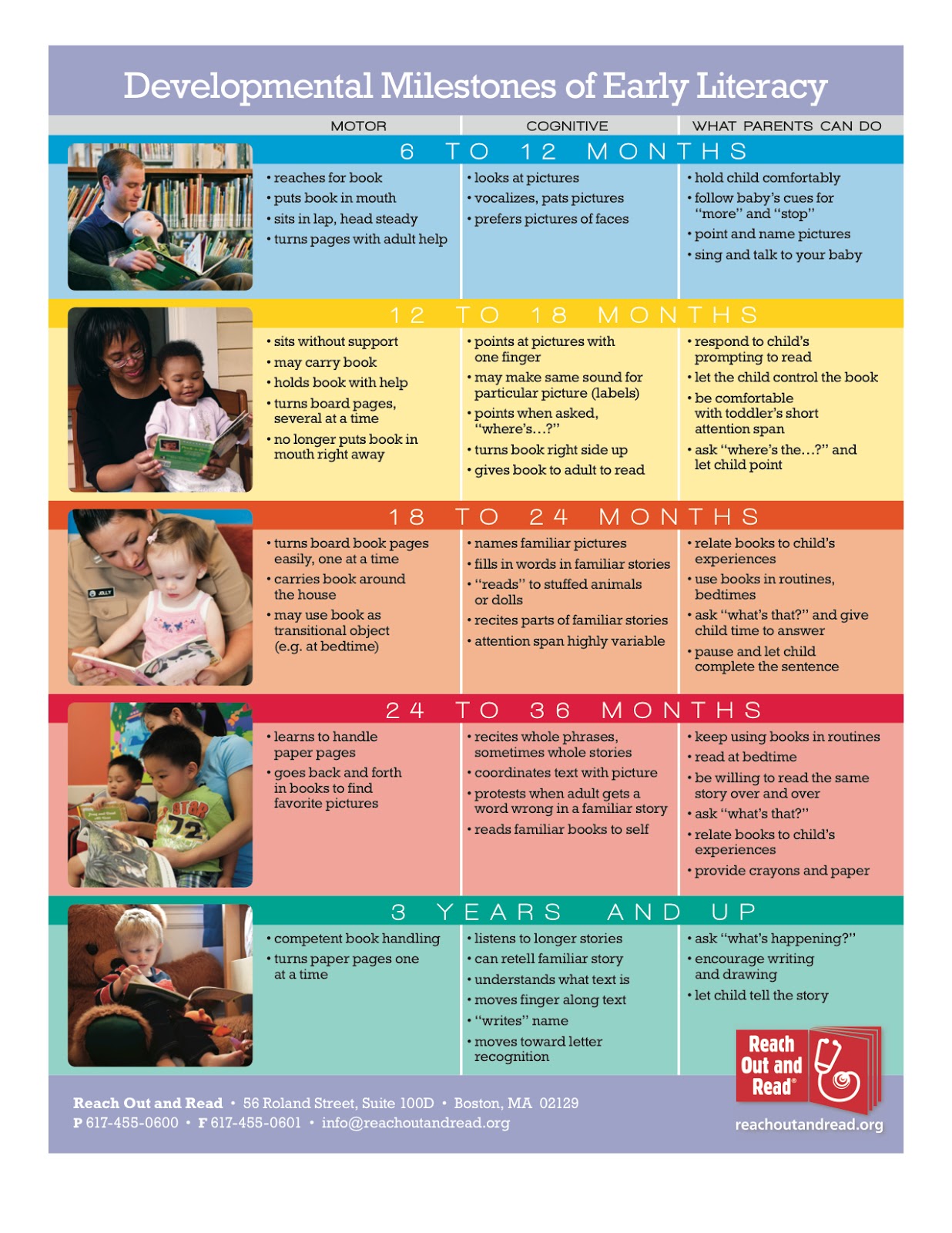Children, Children What Do You Hear?Nancy Caleffe-Schenck, M.Ed., CCC-A, LSLS Cert. AVT
![]() |
| Photo http://www.mudhutmama.com |
There is much to be said about the satisfaction of a parent and child reading, talking, and looking at a beautifully illustrated and well-written book for children. Children’s literature is one of the most powerful tools to enrich a child’s auditory development while integrating listening with talking, thinking, and communicating.
Brown Bear, Brown Bear, What Do You See? (Martin & Carle, 1968/1983) is a popular book found in many homes and classrooms around the world. The text of the book is repetitive, with the same question and answer combination being reiterated throughout the book: “What do you see?” “I see a [color + animal] looking at me.”
This book may be adapted for use with children at different stages of auditory development. For younger children, the parent or listening and spoken language professional will use toy props representing the animals in the book. These props assist in maintaining the child’s interest and promote the integration of audition, speech, language, and cognition. For example, a large stuffed yellow duck is related to a real duck, a realistic plastic duck, pictures, and stories about ducks. For an older preschooler, a cork can be used to represent the duck. The ultimate goal is that the phrase “yellow duck,” which is learned through listening, represents to the child a wide array of impressions ranging from something the child sees on a pond to something the child later discusses in a conversation with a peer or adult.
Following the principles of auditory-verbal practice, the listening and spoken language professional will use diagnostic teaching, a process of individualized interactions used to assess a child’s present levels of functioning in audition, speech, language, communication, and cognition to establish appropriate long-term goals and session targets. Parents incorporate these goals into their child’s daily life. The sequence of presenting auditory information while reading a book might be as follows:
• The child listens while the adult reads the text.
• The child imitates or comments on what was read.
• Props or pictures reinforce the text.
• Parents expand their child’s language by commenting on the story and related books or experiences.
• The child later takes the lead and spontaneously uses the spoken language prompted by the book.
Pollack, Goldberg, and Caleffe-Schenck (1997) present a hierarchy of auditory development that has been used successfully in auditory-verbal therapy and education. To assist teachers, therapists, and parents in program planning and diagnostic teaching, listening and spoken language professionals use Brown Bear, Brown Bear as an example for explaining specific auditory expectations using a storybook. The name “Sam” is used rather than the generic term “child.”
The following subsections provide a sample of the hierarchy based on the various stages of auditory development.
Auditory Awareness (Sam indicates presence or absence of sounds)
Dad makes the barking sound of a dog while holding a stuffed dog under the table. Sam indicates that he hears something. Dad shows him the toy dog and hands it to Sam to explore and attach meaning to the sound. The toy is associated with the picture of the white dog in the book.
Distance Hearing and Localization (Sam hears at increasing distances and turns to the source of the sound)
While walking in the park, Dad hears a dog barking a few feet away. He calls attention to this barking and shows Sam the dog frolicking in the field. (Distance hearing andlocalization are incorporated into each level of auditory learning once close-range hearing has been demonstrated.)
Auditory Discrimination (Sam judges whether sounds are the same or different)
Mom reads, “Red bird, red bird, what do you see?” and whistles like a bird. Sam indicates by pointing to the red bird that he hears, discriminates, and remembers the differences in the whistle and the words “red bird” versus “quack, quack” and “yellow duck.”
Auditory Self-Monitoring (Sam modifies speech to match what was heard)
Sam demonstrates the beginning stages of auditory self-monitoring when he imitates the sounds for the animals in the book. His imitation of “ruff ruff” for the dog is different from “meow” for the cat (low pitch, short, abrupt duration vs. high pitch, long, long duration). An example of a higher level of auditory self-monitoring is when Sam substitutes /g/ for /d/ when imitating the word dog. Mom acoustically highlights /d/ or uses auditory stress by babbling /da da dog/. Sam changes his speech production from /gog/ to /dog/.
Auditory Identification (Sam labels what he heard)
The props or pictures used for the book are placed in front of Sam. Now it is time to put them away. Mom tells Sam, “Give me the frog.” Sam picks up the frog. Then the roles are reversed, and Sam asks for the goldfish. A more advanced auditory level would be identifying “frog” versus “dog” because they are similar-sounding words.
Auditory Memory (Sam remembers what he heard)
If Sam has an auditory memory for three items, he hears, listens, and remembers what he heard and picks up the “fish, sheep, and horse” from the toy props. He may be remembering and saying the repetitive phrase, “I see a ___” and beginning to transfer this phrase to real life by imitating or spontaneously saying to his brother, “I see a cat,” as the neighbor’s cat sleeps in the sun.
Auditory Sequencing (Sam remembers in correct order what he heard)
Instead of Sam picking up the toy props in random order, he hands them to his Mom in the order in which she said them. He may verify or change the order in which he heard the animals by naming the animals as he picks them up. Another demonstration of sequential memory is when he recites the book from memory. Perhaps he is ready to listen to, understand, and act out a scenario such as, “Put the green frog on the rock and the goldfish in the water.”
Auditory Processing (Sam thinks about what was heard and makes a cognitive judgment)
At this level, just imitation, identification, or memory of what Sam heard will not be adequate for him to understand and complete the activity. He must draw upon his past experiences and knowledge of the world and use his spoken language to be an active communicator. A description game might be played, such as “I want something with f ins that swims.” Sam chooses the fish rather than the frog.
The concepts and language structures that Sam learns through active listening evolve from simple to complex over time. The listening and spoken language professional and the parents are wise to incorporate an abundance of previously learned language targets, such as plurals, verb tenses, pronouns, conjunctions, component parts, and adjectives. More complex processing and strategies are required to understand questions such as, “What does a brown bear do when winter arrives?” Auditory closure and categorization activities encourage auditory processing. The parents and the practitioner may present incomplete statements such as, “Dogs, cats, and goldfish are pet animals. Bears, deer, and moose are wild animals.” Other auditory closure tasks involve using component parts of animals, such as “A dog is covered with fur. A fish is covered with scales. A bird is covered with feathers.” The possibilities for Sam to develop and practice auditory processing are limitless.
Auditory Understanding (Sam comprehends auditory information in a variety of settings with many different people)
Dad and Sam are taking a walk when they notice a white dog running down the road. It reminds them of the white dog in Brown Bear, Brown Bear, and they discuss where the dog might be going in such a hurry. They make up their own story about the white dog. It might be a continuous story where each person tags onto what the previous person said. At home, Sam and his parents read a variety of books about dogs and compare and contrast these stories and characters.
The activities and ideas presented in the above subsections are just examples of how listening and spoken language skill levels can be developed and enhanced through use of an interesting children’s book.
Conclusion
The listening and spoken language professional’s successful use of children’s literature as the basis of auditory development depends upon the following factors:
• Adhering to developmentally appropriate stages of auditory development to provide for and enrich successful auditory experiences for a child
• Incorporating several auditory levels within the same activity
• Integrating audition, speech, cognition, and communication at all levels
• Using books and other literary materials in creative and satisfying experiences that are motivating to a child and to the parents
• Empowering a child’s parents to incorporate meaningful auditory interactions throughout the day
References
Martin, B., & Carle, E. (1983). Brown bear, brown bear, what do you see? New York, NY: Henry Holt and
Company. [First published in 1968]
Pollack, D., Goldberg, D. M., & Caleffe-Schenck, N. (1997). Educational audiology for the limited-hearing infant and preschooler: An auditory-verbal program (3rd ed.). Springfield, IL: Charles C Thomas, Publisher.








































